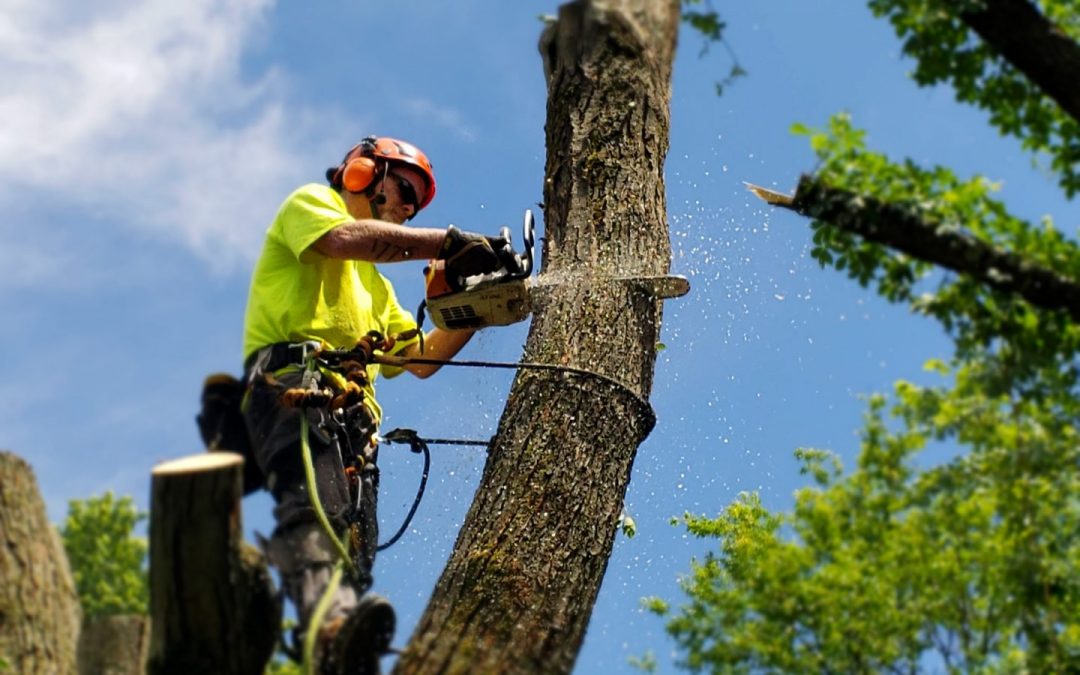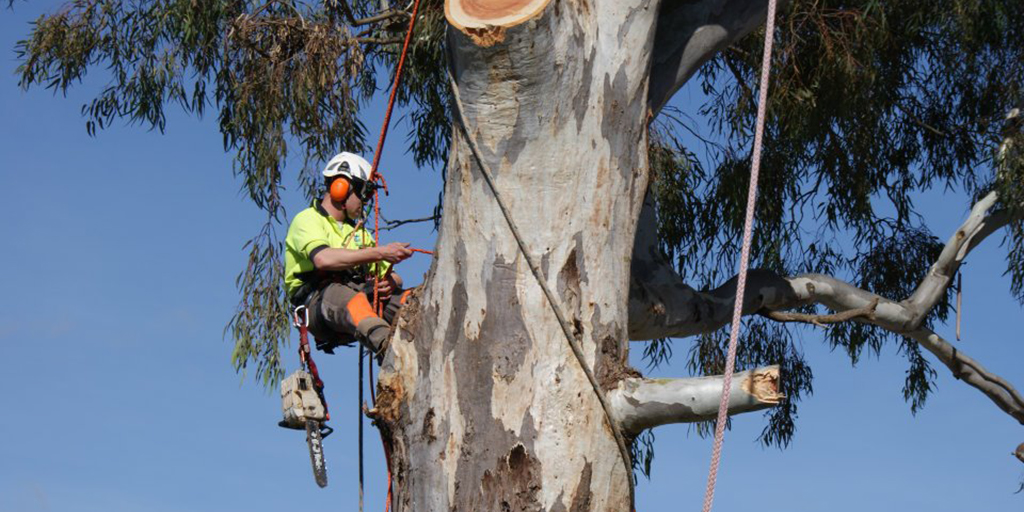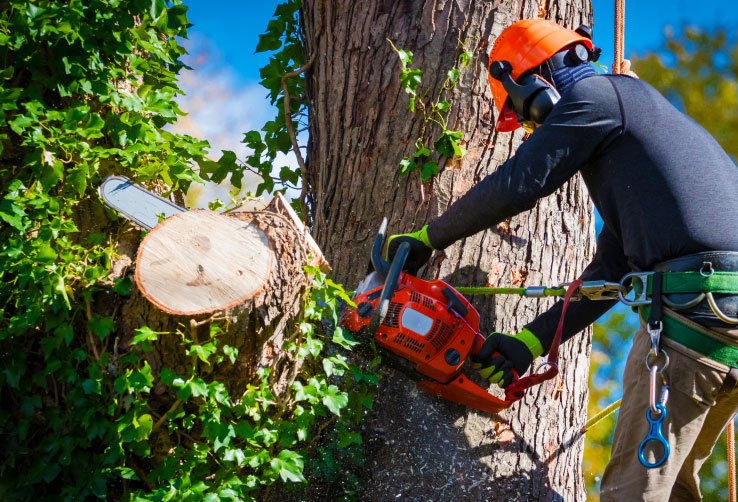Address
304 North Cardinal St.
Dorchester Center, MA 02124
Work Hours
Monday to Friday: 7AM - 7PM
Weekend: 10AM - 5PM
Address
304 North Cardinal St.
Dorchester Center, MA 02124
Work Hours
Monday to Friday: 7AM - 7PM
Weekend: 10AM - 5PM

The Hills District is known for its beautiful landscapes and lush greenery. However, amidst the beauty, there is a potential danger that many homeowners and property owners overlook – overgrown and unstable trees. Tree removal in Hills District is essential for safety reasons, as it helps mitigate the risks associated with these hazards.
Overgrown and unstable tree removal pose various dangers that can jeopardize the safety of people and property. One of the most common hazards is the risk of falling branches.
The Dangers of Falling Branches: Overgrown branches can become weak and brittle over time, making them prone to snapping and falling. These falling branches can cause serious injuries or property damage.
Root Systems and Structural Damage: Additionally, overgrown tree roots can extend underground and damage nearby structures, including foundations, driveways, and underground pipes.
Fire Hazards Posed by Dry Trees: Dry and dead trees are highly flammable, especially during periods of hot and dry weather. These trees can rapidly ignite and spread fire, endangering not only the property but also the lives nearby.
Importance of Regular Tree Maintenance: It is crucial to engage in regular tree maintenance practices to prevent overgrowth and instability. Pruning trees to remove dead or weak branches can help reduce the risk of falling debris and promote overall tree health.
Professional Tree Inspection: Hiring a certified arborist to inspect your trees for signs of overgrowth, disease, or instability can help identify potential risks early on. Arborists can provide recommendations for tree care and maintenance to ensure the safety of your property.
Professional tree removal services play a crucial role in ensuring the safety of the Hills District. They have the expertise and knowledge to assess the health and stability of trees, perform safe and efficient removal techniques, and handle post-removal cleanup and debris disposal.
Furthermore, these professionals often work in collaboration with arborists who specialize in tree care and maintenance. This partnership allows for a comprehensive approach to tree removal, ensuring that the ecological balance of the area is maintained even after a tree is removed. Arborists can provide insights on tree species, growth patterns, and potential alternatives to removal, promoting sustainable practices.
Tree removal experts are trained to identify signs of decay, disease, or instability in trees. They can assess potential risks and determine whether removal is necessary to prevent accidents or further damage.
Moreover, these professionals consider the impact of environmental factors such as weather conditions, soil quality, and pest infestations on tree health. By conducting thorough assessments, they can recommend appropriate actions to preserve the natural landscape while prioritizing safety.
Tree removal professionals utilize specialized equipment and techniques to ensure the safe and efficient removal of trees. They take into consideration factors such as tree size, location, and surrounding structures to minimize the risk of accidents during the removal process.
In addition, these experts adhere to industry standards and regulations to guarantee the ethical and responsible removal of trees. By staying updated on the latest practices and technologies, they can execute removals with precision and care, promoting the well-being of both the environment and the community. Learn more about professional services you can trust.
After the tree removal process, professional services also take care of the cleanup and debris disposal. This ensures that the area is left clean and free from any potential hazards.
Furthermore, these professionals often engage in recycling and sustainable waste management practices to minimize the environmental impact of tree removal. By repurposing wood materials and recycling green waste, they contribute to the conservation of natural resources and the reduction of landfill waste.
While tree removal is essential for safety, it is crucial to consider the impact it may have on the local ecosystems. Striking a balance between safety and environmental conservation is vital.

Tree removal can disrupt the intricate web of life within local ecosystems. Trees provide habitats for various species of birds, insects, and mammals. Removing trees can displace these creatures and disrupt the delicate balance of the ecosystem.
Efforts should be made to minimize the impact on the local environment during tree removal. This can include strategic planning to preserve as many trees as possible while still addressing safety concerns.
Consulting with environmental experts and arborists can help develop a tree removal plan that minimizes the impact on the ecosystem. By carefully assessing which trees need to be removed and which can be preserved, a balance can be struck between safety and environmental conservation.
Replanting trees in the area can help mitigate the effects of tree removal. This not only helps restore the aesthetic beauty of the landscape but also contributes to environmental conservation.
Choosing native tree species for replanting is crucial for ecosystem restoration. Native trees are better adapted to the local climate and soil conditions, promoting biodiversity and supporting the local wildlife.
Efforts should be made to replace removed trees with suitable alternatives that are better suited to the local environment. Reforestation initiatives can help maintain the overall ecosystem balance.
Community involvement in tree planting initiatives can foster a sense of environmental stewardship and create a lasting impact on the local ecosystem. By engaging with local residents and organizations, reforestation efforts can be expanded and sustained for future generations to enjoy.
Tree removal in the Hills District is subject to legal and regulatory aspects that property owners must adhere to. Understanding these laws and obtaining the necessary permits and approvals is essential to avoid legal issues.
Local tree removal laws vary, and property owners must familiarize themselves with the specific regulations in their area. These laws often detail requirements for trees of certain sizes or species, as well as restrictions on removing protected or heritage trees.

For example, in some areas, there may be specific guidelines on the minimum diameter of a tree trunk that can be removed without a permit. This is to ensure that only trees that pose a significant risk to safety or property are removed, while allowing smaller trees to continue contributing to the local ecosystem.
In addition, certain species of trees may be protected due to their ecological importance or rarity. These trees may require special considerations and permits before removal, as their removal could have a significant impact on the local environment.
Before undertaking any tree removal, property owners must ensure they have the appropriate permits and approvals. This may involve obtaining permission from local authorities or heritage protection organizations, depending on the specific circumstances.
The process of obtaining permits and approvals can vary depending on the jurisdiction. In some cases, property owners may need to submit detailed plans outlining the reasons for tree removal and the proposed mitigation measures. This ensures that the removal is justified and that steps are taken to minimize the impact on the surrounding environment.
If the tree to be removed is protected or considered a heritage tree, additional procedures and considerations may apply. Property owners must work closely with relevant authorities to navigate these requirements successfully.
Protected trees are often those that are deemed to have significant ecological, cultural, or historical value. In such cases, property owners may be required to provide alternative measures to compensate for the loss of the tree. This could include planting new trees, preserving certain parts of the tree, or contributing to conservation efforts in the area.
Heritage trees, on the other hand, are those with unique historical or cultural significance. These trees may be associated with important events, landmarks, or traditions. Removing a heritage tree usually requires a thorough assessment of its value and potential alternatives to removal.
Overall, tree removal in the Hills District is essential for safety reasons. Understanding the risks associated with overgrown and unstable trees, utilizing professional tree removal services, considering the impact on local ecosystems, and adhering to legal and regulatory aspects are all crucial steps in ensuring the safety and well-being of the community. By taking these measures, property owners can maintain the beauty of the Hills District while safeguarding against potential hazards.